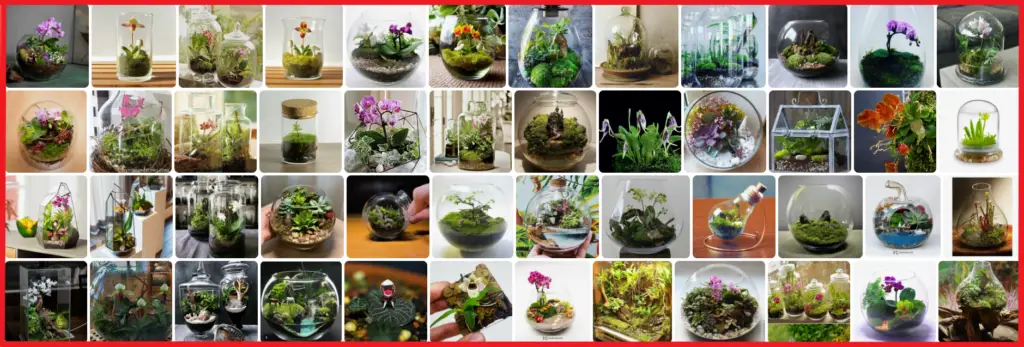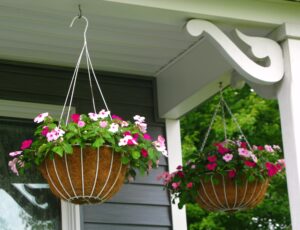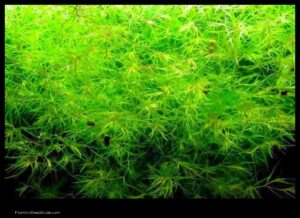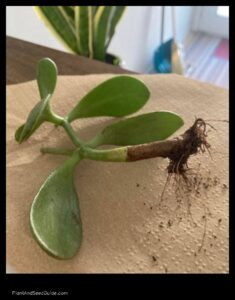Dwarf cherry plum trees are a type of fruit tree that is perfect for small gardens or containers. They are typically only about 6 feet tall, making them easy to care for and harvest. Dwarf cherry plum trees produce delicious fruit that is similar to a cross between a cherry and a plum. They are also very attractive trees, with delicate pink flowers in the spring and bright red fruit in the summer.
Dwarf Cherry Plum Tree
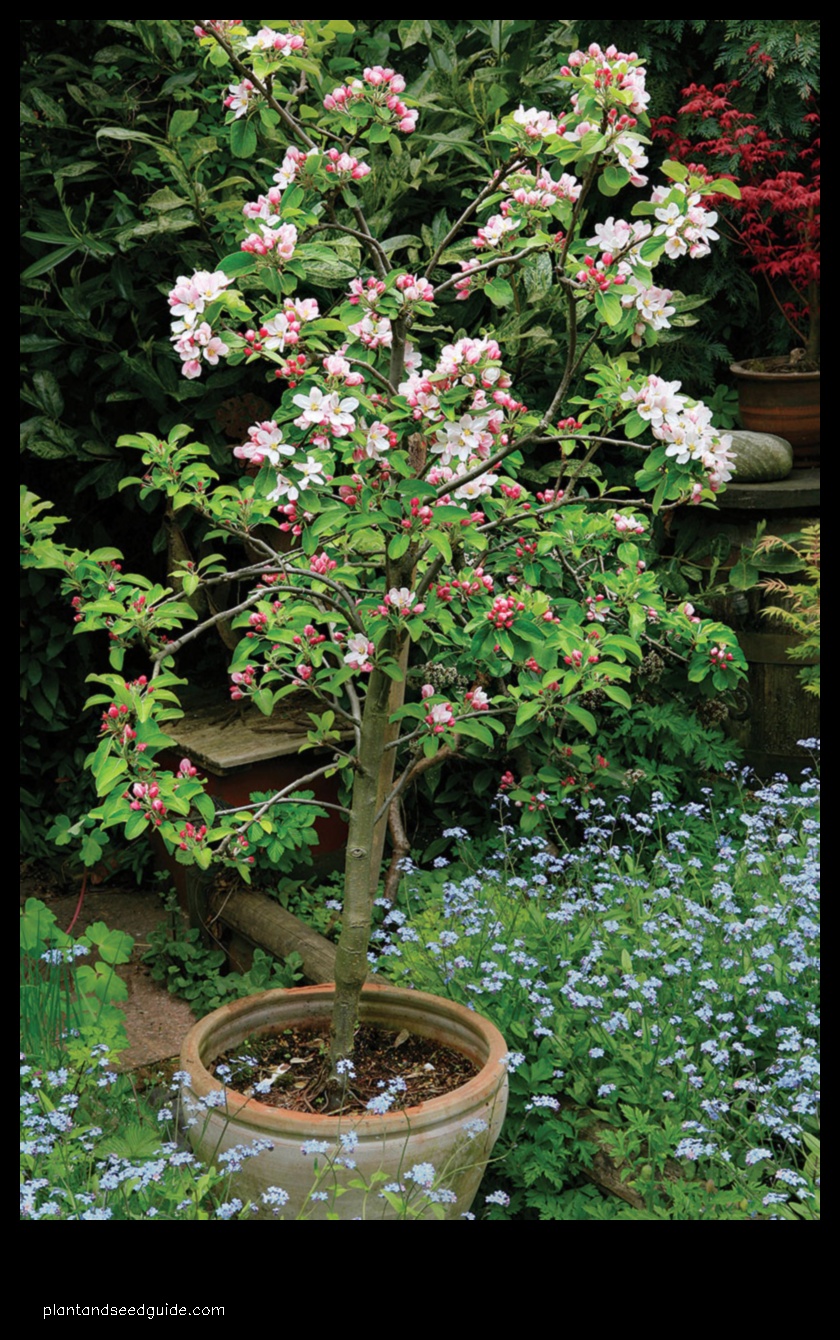
Benefits of Dwarf Cherry Plum Trees
- Dwarf cherry plum trees are very easy to care for. They are drought-tolerant and can withstand a wide range of temperatures.
- Dwarf cherry plum trees are also very productive. They can produce a large amount of fruit each year.
- Dwarf cherry plum trees are very attractive. They have delicate pink flowers in the spring and bright red fruit in the summer.

Types of Dwarf Cherry Plum Trees
- There are many different types of dwarf cherry plum trees available. Some of the most popular varieties include:
- “Dwarf Santa Rosa Plum”
- “Dwarf Methley Plum”
- “Dwarf Redleaf Plum”
- “Dwarf Purpleleaf Plum”
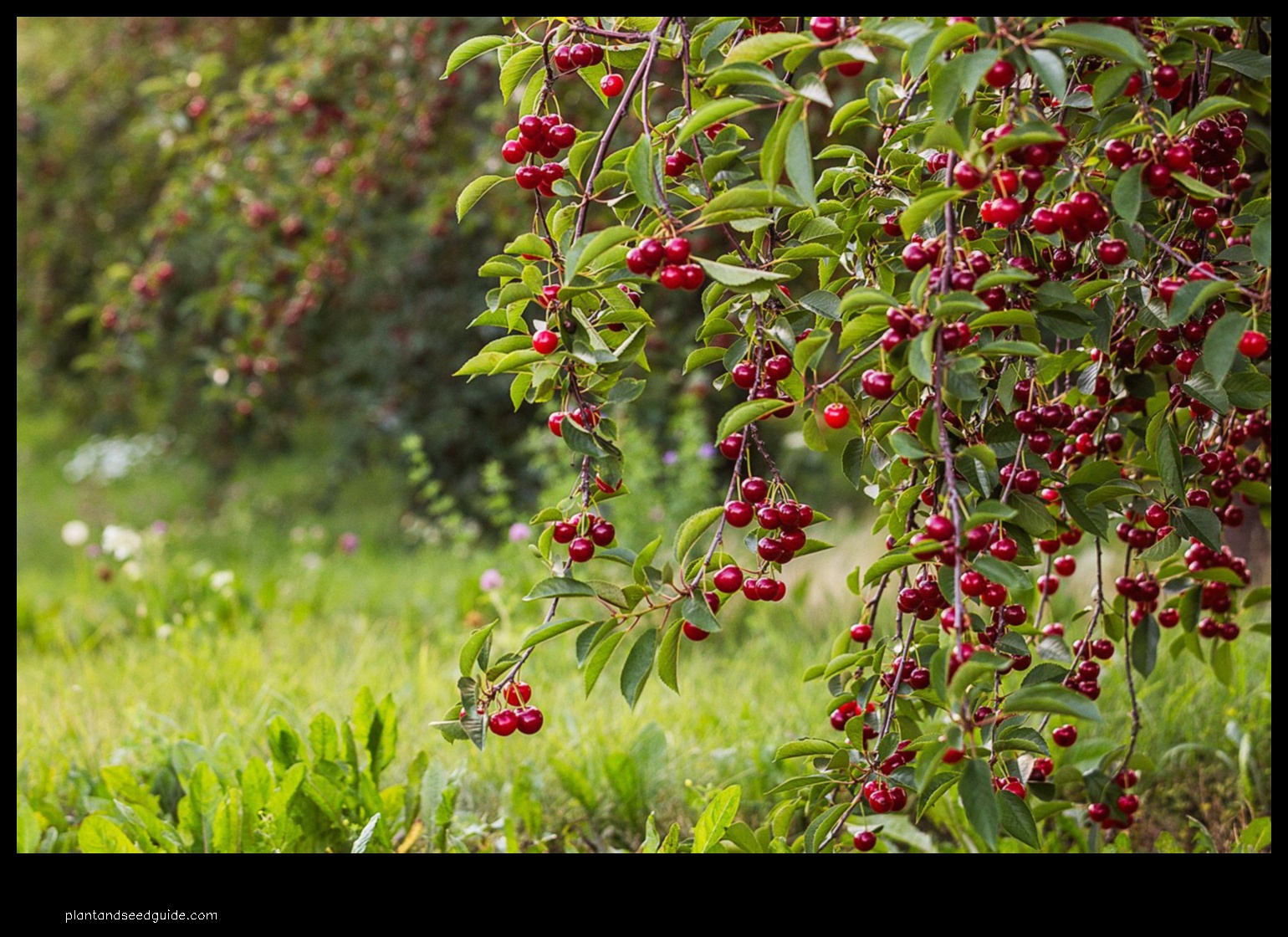
How to Grow a Dwarf Cherry Plum Tree
- To grow a dwarf cherry plum tree, you will need:
- A sunny location with well-drained soil
- A dwarf cherry plum tree seedling or sapling
- Water
- Fertilizer
- Follow these steps to grow a dwarf cherry plum tree:
- 1. Choose a sunny location with well-drained soil.
- 2. Dig a hole that is twice the width and depth of the seedling’s root ball.
- 3. Place the seedling in the hole and fill it with soil.
- 4. Water the seedling well.
- 5. Fertilize the seedling with a slow-release fertilizer according to the package directions.
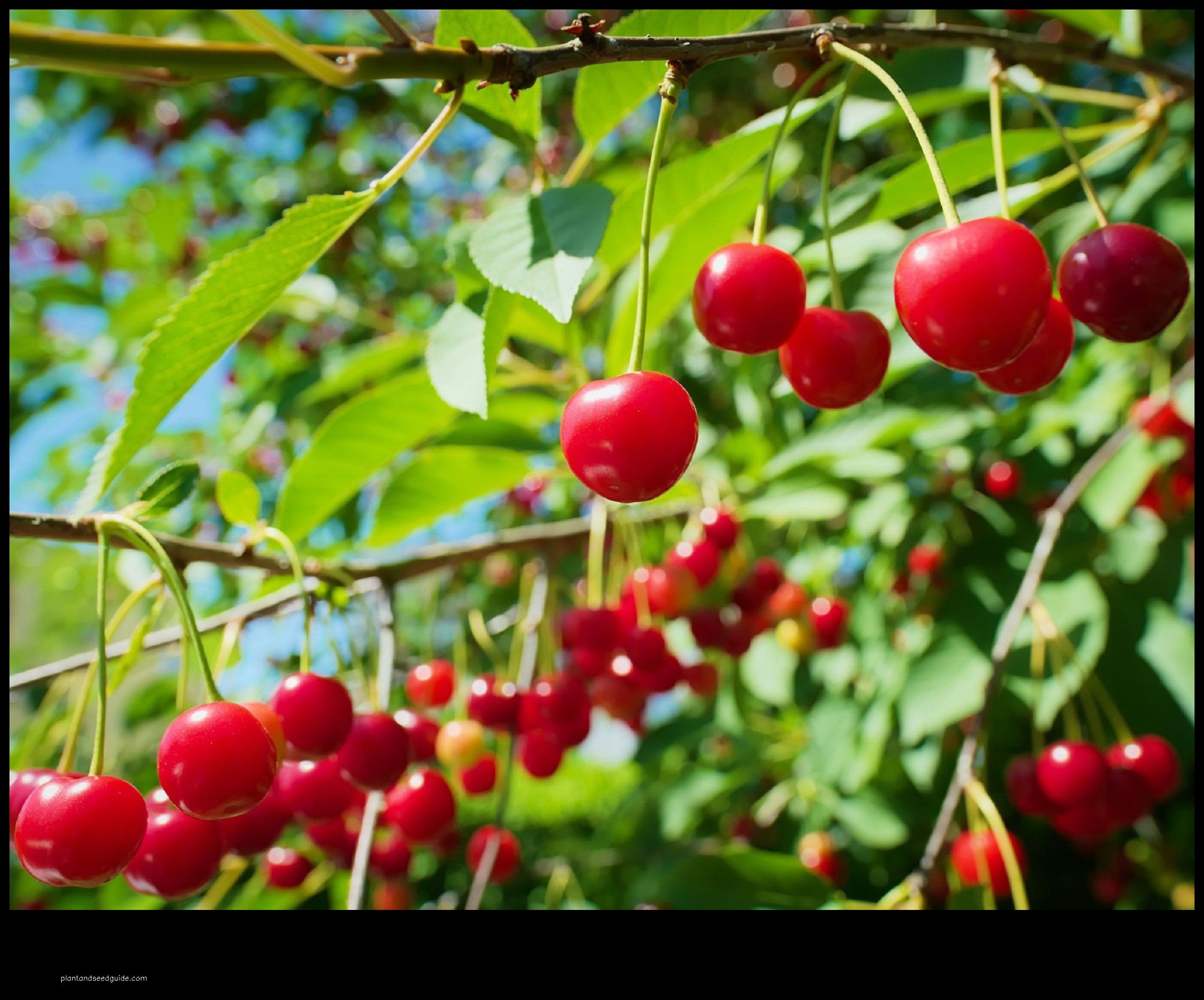
Caring for a Dwarf Cherry Plum Tree
- To care for a dwarf cherry plum tree, you will need to:
- Water the tree regularly, especially during dry periods.
- Fertilize the tree with a slow-release fertilizer according to the package directions.
- Prune the tree to maintain a healthy shape and to prevent disease.
- Protect the tree from pests and diseases.
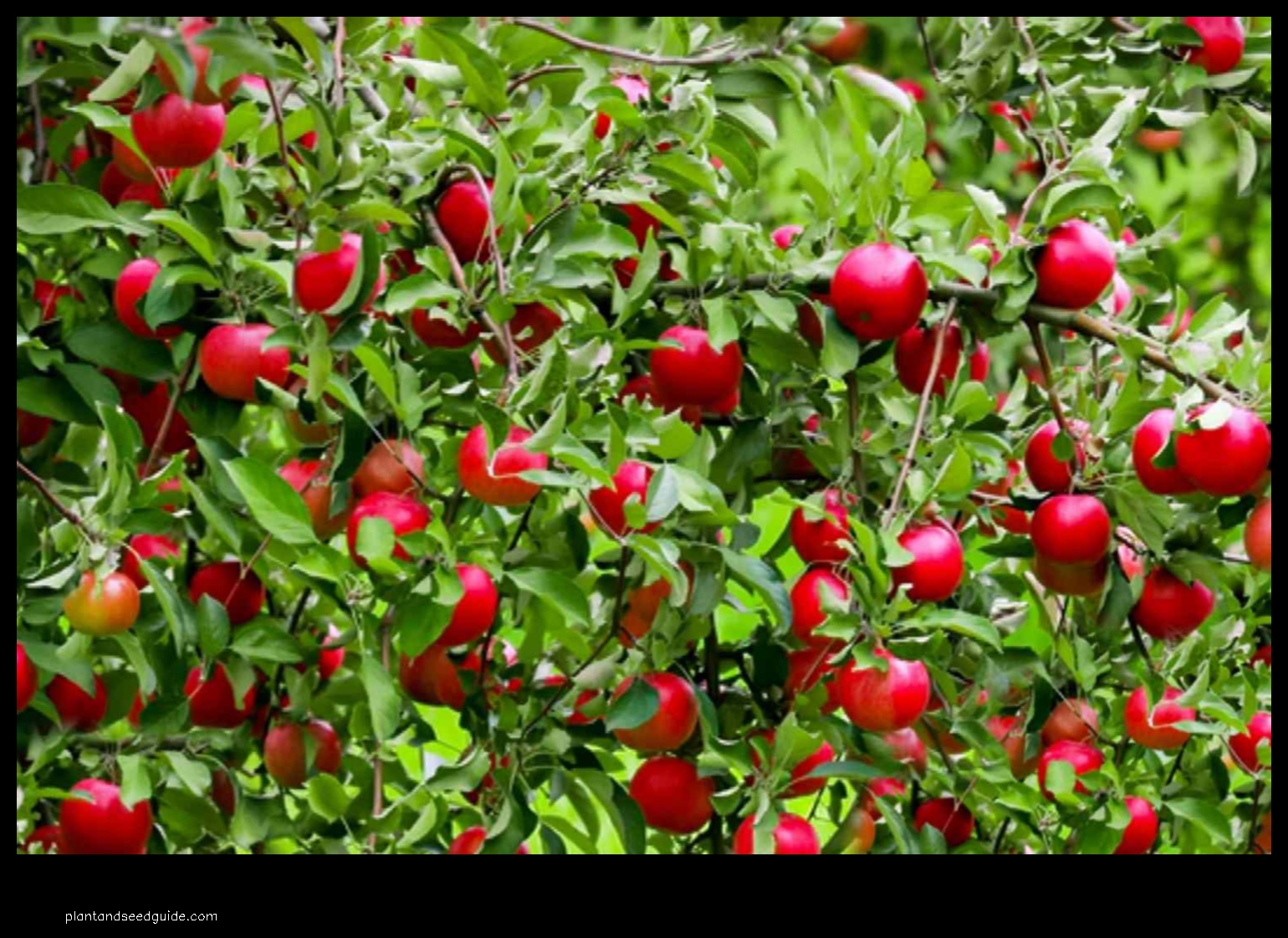
Pruning a Dwarf Cherry Plum Tree
- Pruning a dwarf cherry plum tree is important to maintain a healthy shape and to prevent disease.
- To prune a dwarf cherry plum tree, you will need:
- A pair of sharp pruning shears
- A bucket to collect the prunings
- Follow these steps to prune a dwarf cherry plum tree:
Benefits of Dwarf Cherry Plum Trees
Dwarf cherry plum trees offer a number of benefits over their full-sized counterparts, including:
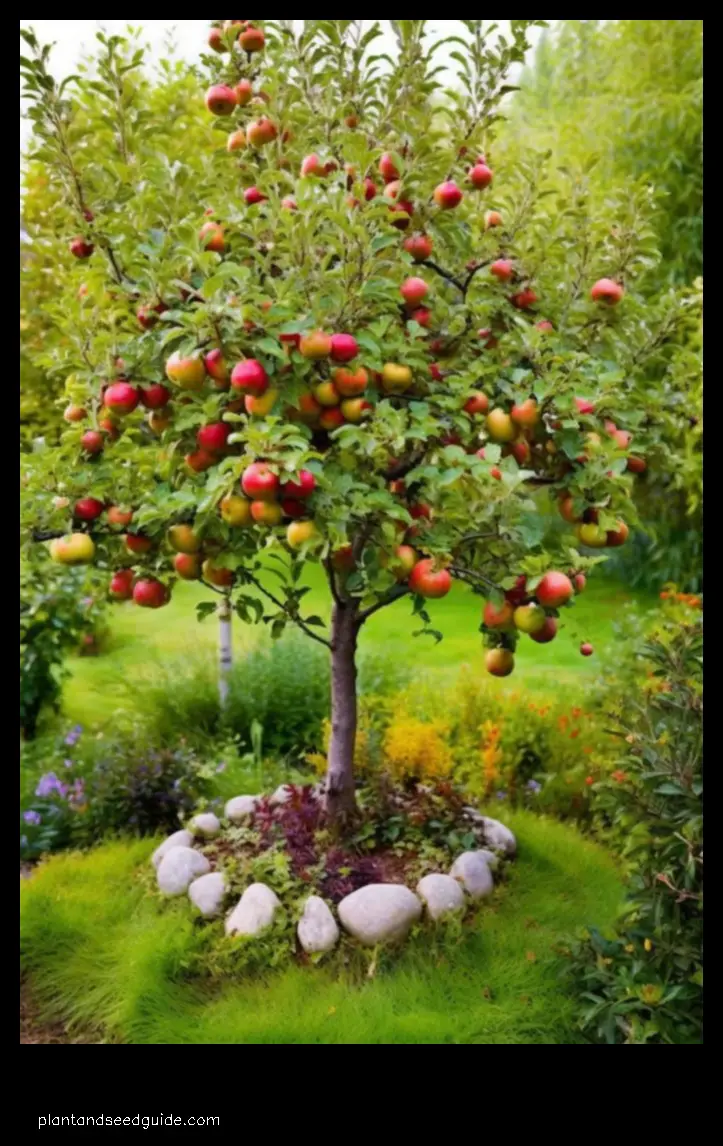
Types of Dwarf Cherry Plum Trees
There are many different types of dwarf cherry plum trees, each with its own unique characteristics. Some of the most popular types include:
It is hardy in USDA zones 5-8 and grows to a height of 10-12 feet..
These are just a few of the many types of dwarf cherry plum trees available. When choosing a tree, it is important to consider the size, hardiness, and fruit production of the variety you are interested in.
How to Grow a Dwarf Cherry Plum Tree
Dwarf cherry plum trees are a great option for gardeners who have limited space or who want to grow a fruit tree that is easy to care for. These trees are relatively small, reaching a mature height of only 8 to 10 feet, and they produce delicious fruit that is perfect for eating fresh or making into jams and jellies.
Growing a dwarf cherry plum tree is not difficult, but there are a few things you need to know in order to ensure success. Here are the basic steps involved in growing a dwarf cherry plum tree:
With proper care, your dwarf cherry plum tree will produce delicious fruit for many years to come.
Caring for a Dwarf Cherry Plum Tree
Dwarf cherry plum trees are relatively easy to care for, but there are a few things you can do to ensure that your tree stays healthy and produces plenty of fruit.
Here are some tips for caring for a dwarf cherry plum tree:
By following these tips, you can help your dwarf cherry plum tree to thrive and produce delicious fruit for years to come.
Pruning a Dwarf Cherry Plum Tree
Pruning a dwarf cherry plum tree is important for maintaining its shape and size, as well as for promoting healthy growth and fruit production.
The best time to prune a dwarf cherry plum tree is in late winter or early spring, before the tree begins to leaf out.
To prune a dwarf cherry plum tree, you will need a pair of sharp pruning shears.
First, remove any dead, diseased, or damaged branches.
Next, thin out the tree by removing any branches that are crossing or rubbing against each other.
Finally, shorten the remaining branches by about one-third to one-half their length.
When pruning a dwarf cherry plum tree, it is important to make clean cuts just above a bud or branch junction.
Be sure to disinfect your pruning shears between cuts to prevent the spread of disease.
Pruning a dwarf cherry plum tree properly will help to keep your tree healthy and productive for years to come.
Diseases and Pests of Dwarf Cherry Plum Trees
Dwarf cherry plum trees are susceptible to a variety of diseases and pests, including:
To protect your dwarf cherry plum tree from diseases and pests, it is important to:
If you are unsure how to protect your dwarf cherry plum tree from diseases and pests, it is best to consult with a qualified arborist.
Propagation of Dwarf Cherry Plum Trees
Dwarf cherry plum trees can be propagated by seed, grafting, or layering.
To propagate by seed, collect the seeds from ripe fruit and sow them in a well-drained potting mix. Keep the soil moist and the seedlings warm until they germinate. Once the seedlings have grown to a few inches tall, transplant them into individual pots.
To propagate by grafting, take a scion from a mature dwarf cherry plum tree and graft it onto a rootstock of another plum tree species. The rootstock should be compatible with the scion and should be about the same size as the scion. Grafting can be done in the spring or summer.
To propagate by layering, bend a branch of a mature dwarf cherry plum tree down to the ground and cover the stem with soil. The stem will eventually form roots and can be cut from the mother plant and transplanted.
Dwarf cherry plum trees can also be propagated by air layering. This involves making a cut in the bark of a branch and covering the cut with moist sphagnum moss. The moss will help to create a humid environment around the cut, which will encourage the formation of roots. Once the roots have formed, the branch can be cut from the mother plant and transplanted.
Dwarf cherry plum trees can take several years to reach maturity. However, once they are mature, they will produce fruit for many years to come.
Dwarf cherry plums are a delicious and versatile fruit that can be enjoyed fresh, dried, or cooked into a variety of dishes.
Harvesting dwarf cherry plums is a relatively simple process, but there are a few things to keep in mind to ensure that you get the best possible results..
The best time to harvest dwarf cherry plums is when they are fully ripe and have a deep purple color. You can tell that a dwarf cherry plum is ripe when it gives slightly to pressure when squeezed.
To harvest dwarf cherry plums, simply grasp the fruit firmly and twist it gently until it comes off the stem. Be careful not to damage the fruit, as this can lead to spoilage.
Once you have harvested your dwarf cherry plums, you can store them in the refrigerator for up to two weeks. You can also freeze them for longer storage.
Dwarf cherry plums are a delicious and nutritious addition to any diet. They are a good source of vitamins, minerals, and antioxidants. They are also a good source of fiber, which can help to keep you feeling full and satisfied.
If you are looking for a delicious and healthy way to add some variety to your diet, consider adding dwarf cherry plums to your next meal.
FAQ
Q: What is a dwarf cherry plum tree?
A: A dwarf cherry plum tree is a type of cherry plum tree that is smaller than a standard cherry plum tree. Dwarf cherry plum trees typically grow to be 6-8 feet tall, while standard cherry plum trees can grow to be 15-20 feet tall.
Q: What are the benefits of growing a dwarf cherry plum tree?
A: There are many benefits to growing a dwarf cherry plum tree, including:
They are smaller and easier to care for than standard cherry plum trees.
They produce a heavy crop of fruit.
They are resistant to pests and diseases.
They are drought tolerant.
Q: Where can I buy a dwarf cherry plum tree?
A: You can buy dwarf cherry plum trees from a variety of online retailers and garden centers.
- Wild Rose Country: Exploring Untamed Beauty - July 15, 2024
- Wildflower Nursery Decor: Bringing Nature Indoors - July 15, 2024
- Young Sprout of Grass: Nurturing New Life - July 15, 2024

